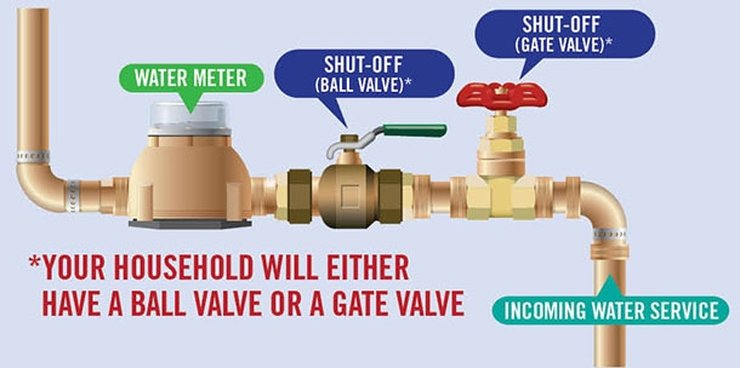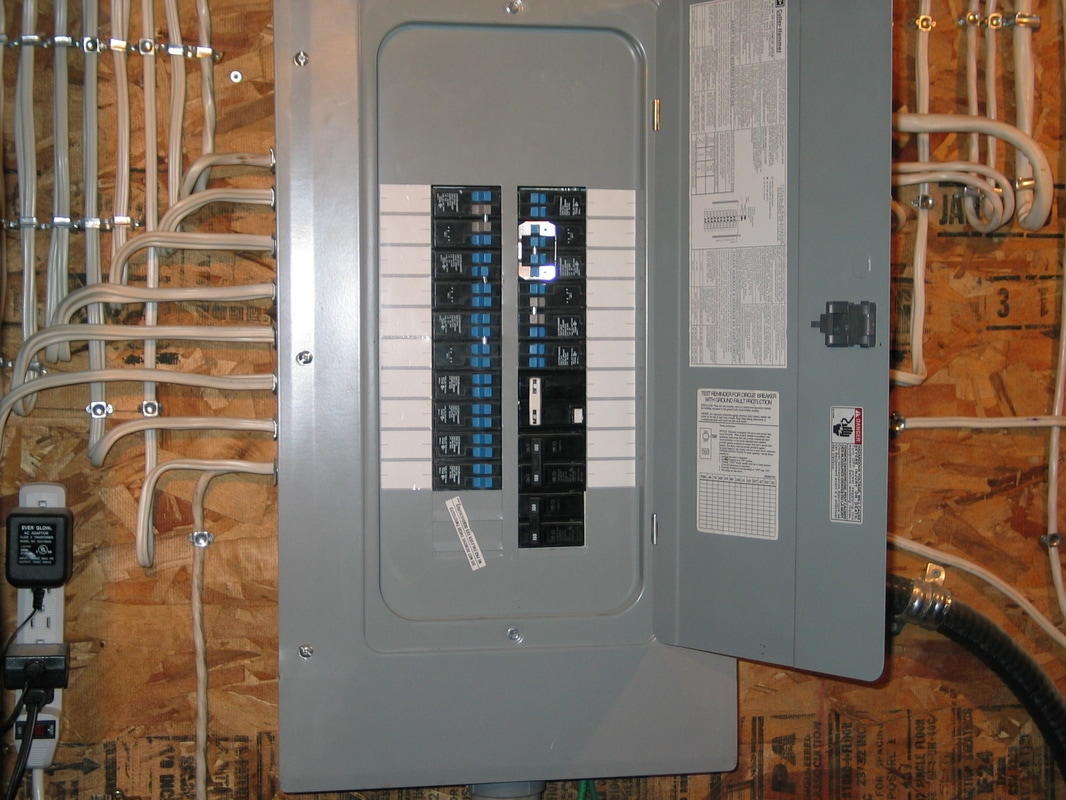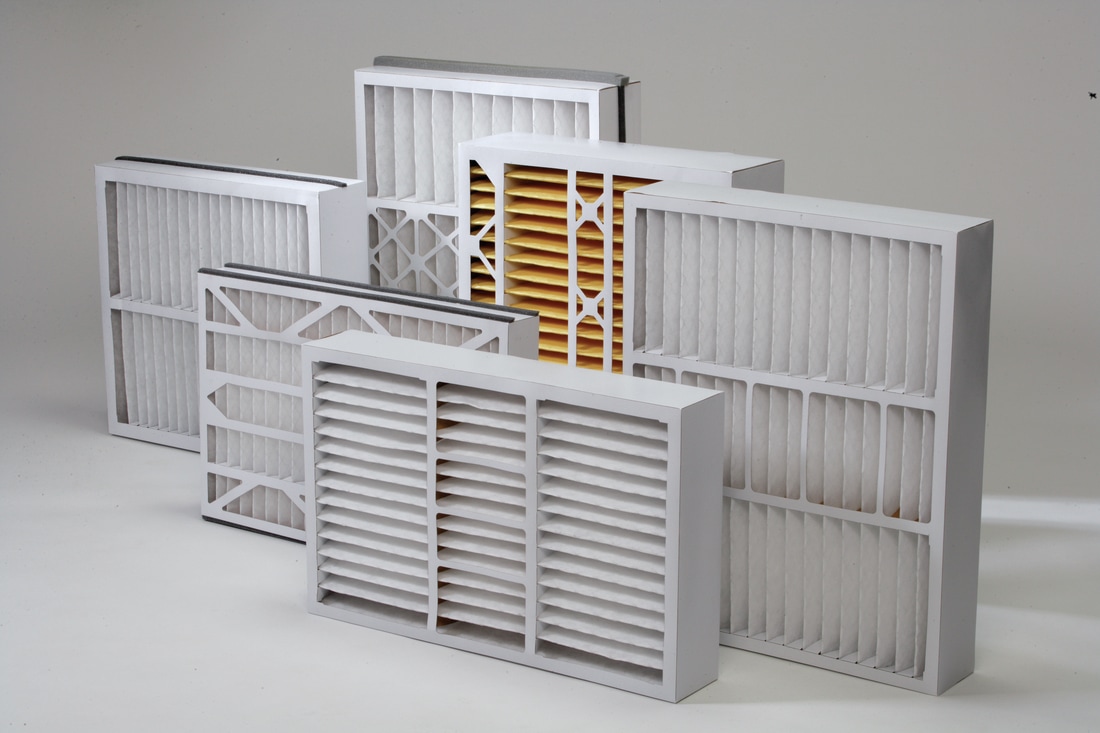|
Sage advice from one of our favorite home inspectors, David Dye with French Creek Inspections...
The cold weather has been problematic for clients with high efficiency gas furnaces. These units produce condensation year-round, during both the heat and cooling cycles. At his time of year, condensation can freeze in the drain line (the same one used for cooling), causing water to backup into the unit. A "float switch" then detects the rising water and the furnace shuts down. Smart thermostat error codes may not be helpful. I'm familiar with one from the NEST (code E73) which simply indicates there is no signal from the furnace. While true, the NEST trouble shooting guide leads the owner down a path of determining if the wire is disconnected or damaged. Given the cold weather, a frozen drain line is more likely to be the problem. The cure for a frozen drain line requires thawing the line and draining water from the unit. The float switch should then drop and the unit return to normal service. After solving the immediate need for heat, the question is how to keep the line thawed during this cold snap. Foam insulation may help, but every situation is different. To identify a high efficiency gas furnace, look at the flue. A high efficiency unit will utilize a plastic (sometimes black, but usually white PVC) flue. Lower efficiency units exhaust a significant amount of heat, so the flue must be metal. If the flue is metal, the unit is not high efficiency and it's doubtful that condensation is the problem. As always, seek a professional for a thorough examination of your HVAC system.
0 Comments
Real estate expert Matt Madras talks about the first step in the home buying process. 5 THINGS EVERY HOMEOWNER NEEDS TO KNOW5. |
Archives
August 2019
Categories
All
|








 RSS Feed
RSS Feed
